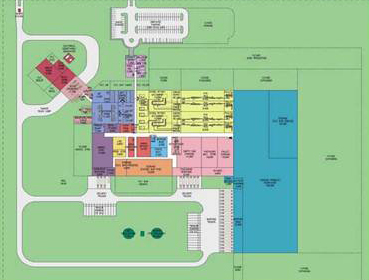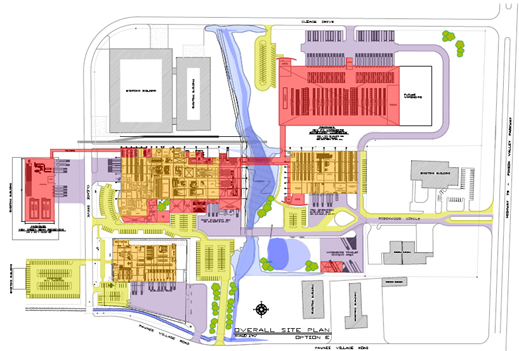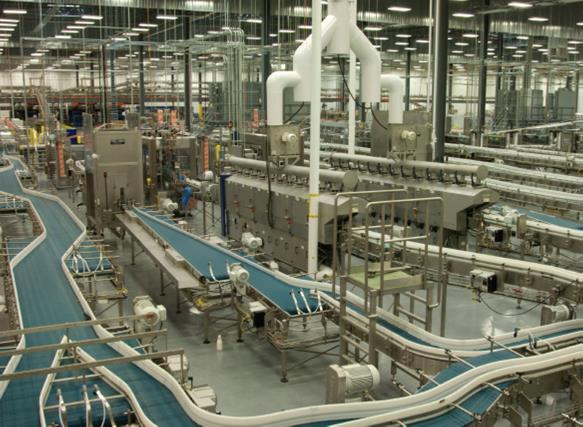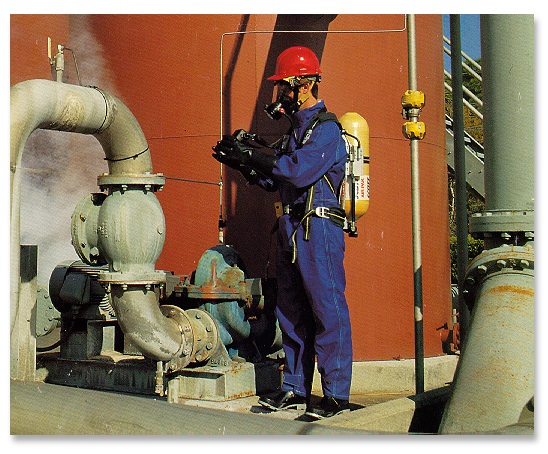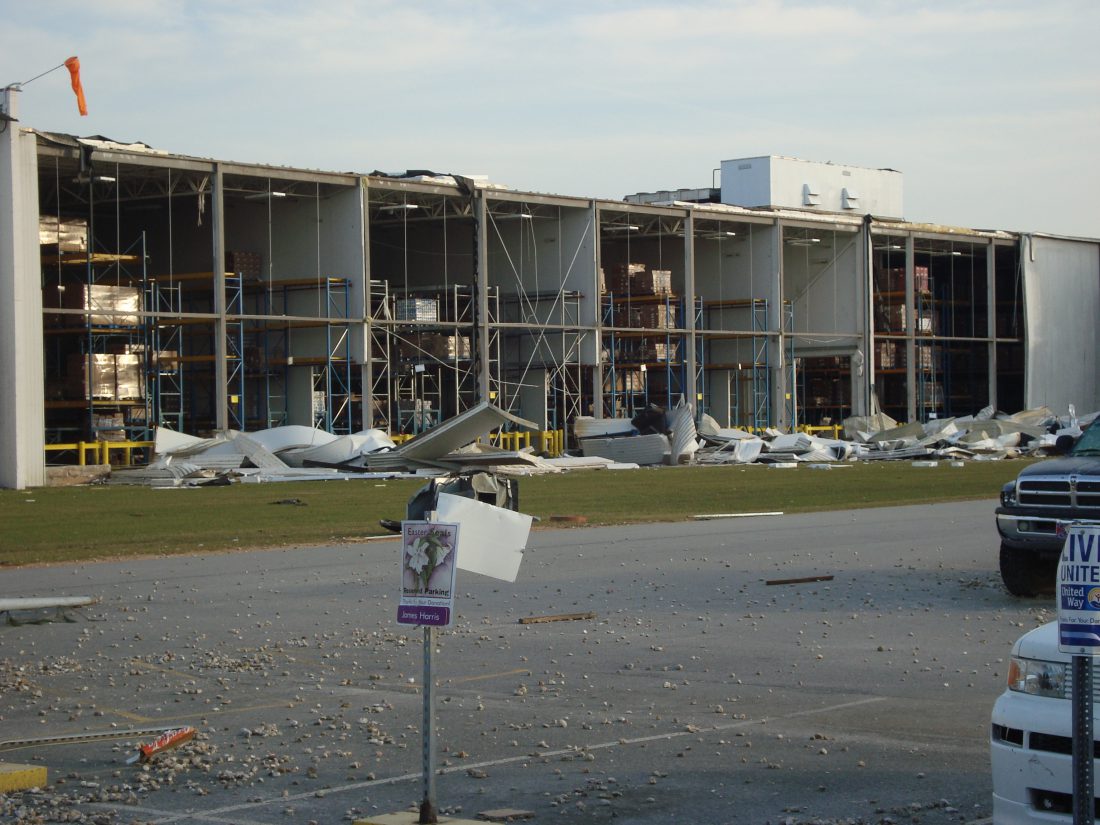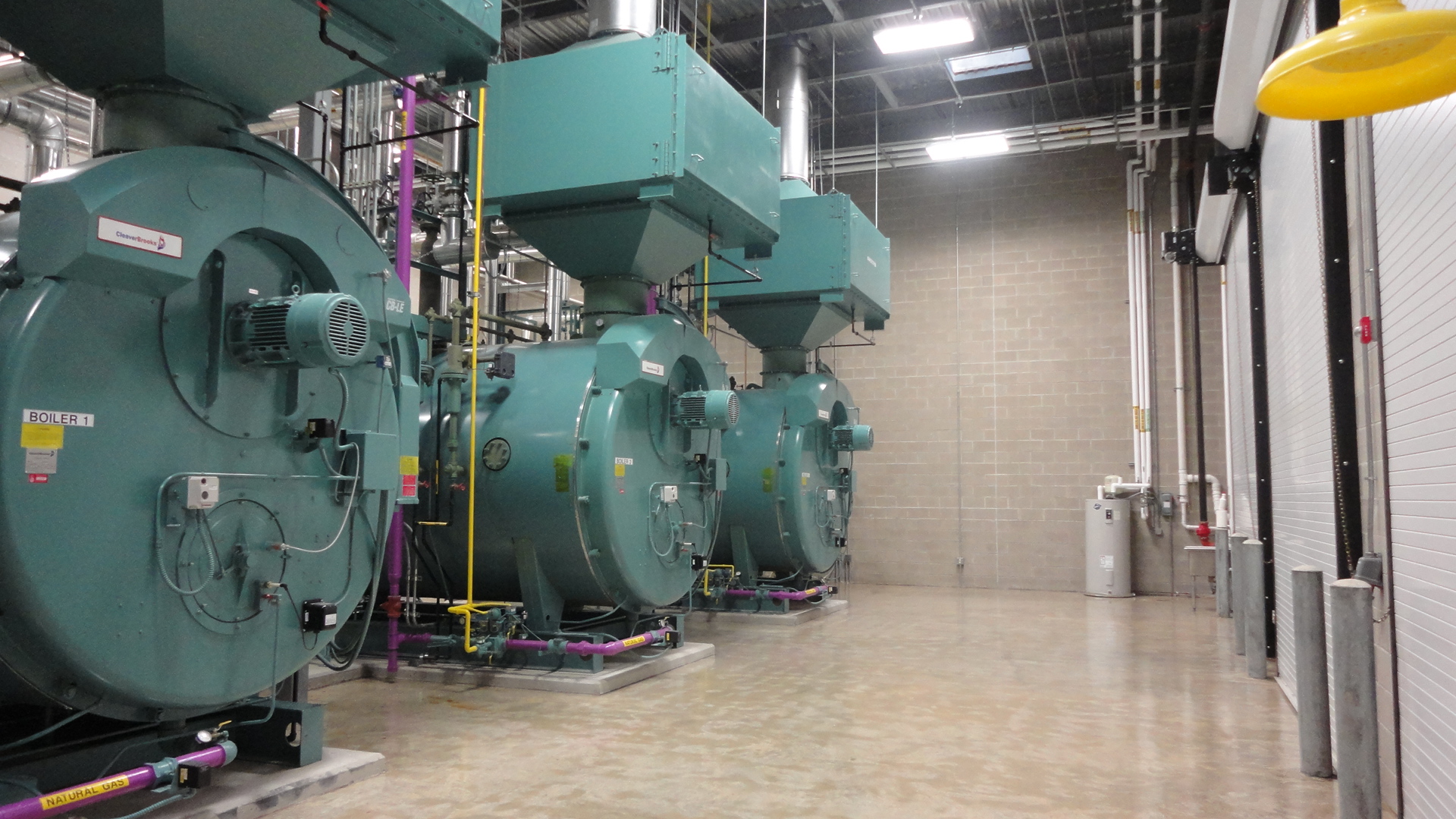When to Conduct a Feasibility Study For Major Plant Decisions
In this day and age of fierce competition and tighter budgets, food manufacturers are often faced with making critical—and expensive—business decisions as part of their strategic plan. Should you refurbish existing equipment or buy new equipment to meet your manufacturing needs? Should you add product lines to increase market share and what impact would that have on current operations?
Continue Reading “When to Conduct a Feasibility Study For Major Plant Decisions”



